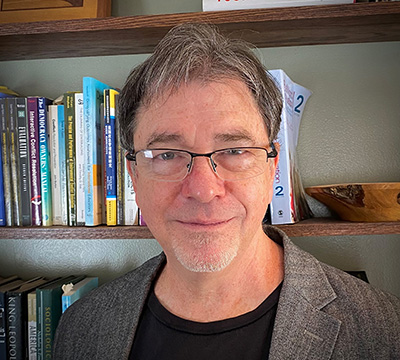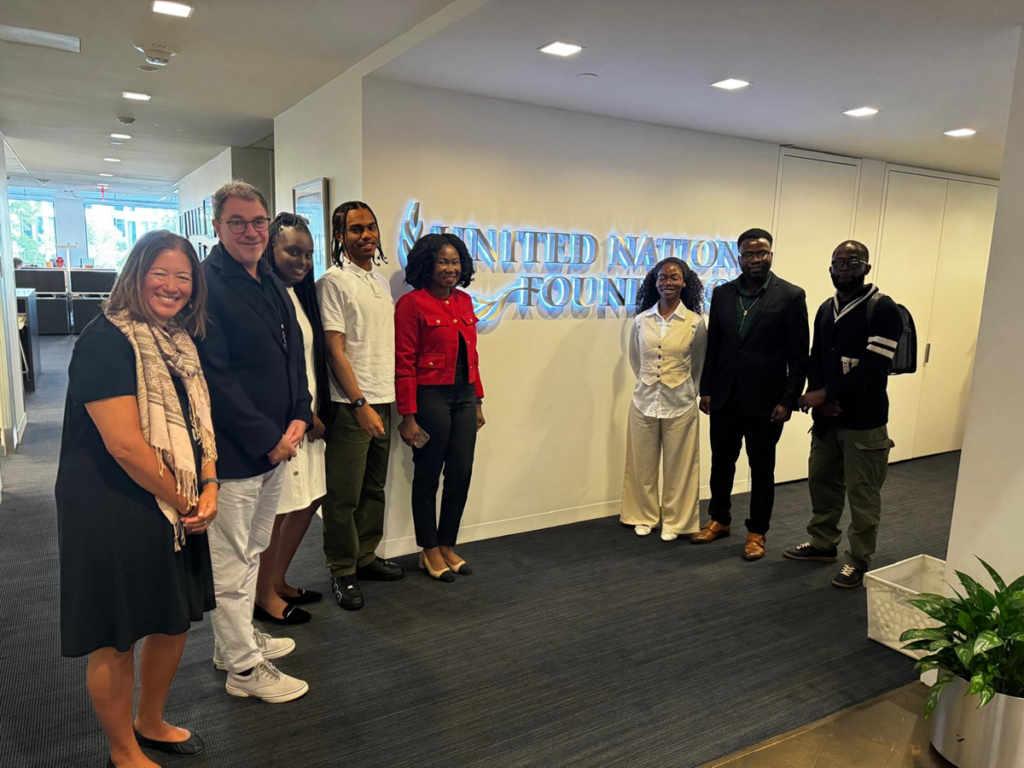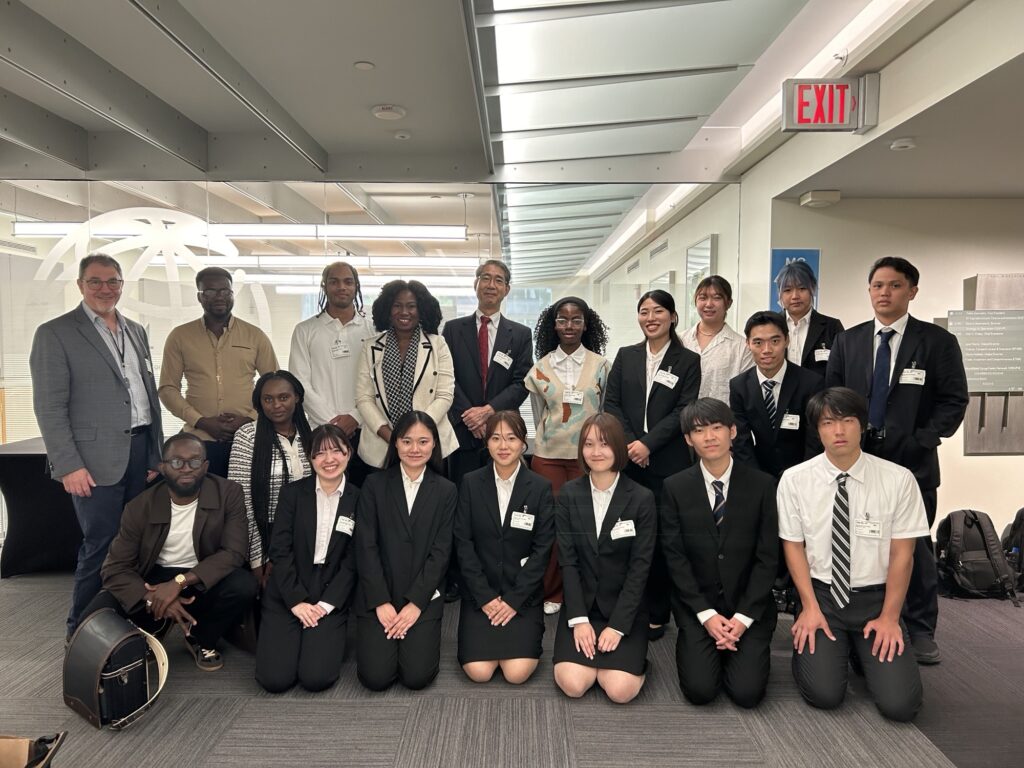Q&A: Dr. Bruce Dayton shares why SIT’s PhD in International Relations is unique
January 8th, 2025 | Faculty, SIT, SIT Graduate Institute
By Joanna Tanger

Dr. Bruce W. Dayton has been active in peacebuilding and conflict transformation work for more than 25 years as a practitioner, researcher, and educator. He is the chair of SIT’s PhD in International Relations and Global MA in Diplomacy and International Relations programs. Dr. Dayton has worked at SIT since 2015. His work focuses on political leadership, crisis management, peacebuilding, and conflict transformation.
We asked Dr. Dayton to share why the new PhD in International Relations is unique and what the career pathways are for students once they complete the program.
Can you tell us about SIT’s new PhD in International Relations? What makes this program unique?
The new PhD in International Relations is designed to address the essential challenge in international politics today, which I think of as the problem of order. How does one get sovereign nation-states to cooperate in the face of the monumental challenges now facing the globe? This question is a particularly difficult one given that we are seeing a transition from a unipolar to a multi-polar world and the collapse of the liberal international order.
We study these challenges and transitions with a particular focus on peace and conflict studies: the nature of war, why conflicts emerge, why they escalate, how to de-escalate them, and then the related problem of refugees and forced migration. There is a huge refugee population in the world today and managing those flows of refugees and migrants is one of the critical global challenges we face.
Our program is part-time, culminates in a doctoral dissertation, and crosses four years of study. It takes place online but has short residencies. The first is a ten-day residency in Belgrade, Serbia, which launches the program. In Belgrade, we study changing geopolitical alliances in Europe, the rise of populism and illiberal democracies, peace and conflict in Europe, and the refugee crisis. The second residency is in year two and takes place in Amman, Jordan. We selected Amman because it is an ideal place to understand the refugee crisis, changing politics in the Middle East and North Africa, and geopolitics.
What career pathways will this PhD lead to?
There's a variety of pathways for students to pursue once they finish their degree. Some may want to go into academics. Some students may work for a think tank that's studying international problems and developing policy proposals or policy solutions to some of the challenges we face. Some students prefer doing more fieldwork. They're working in refugee camps or working globally in conflict environments, doing peace education programming. Others may prefer a leadership position in a nongovernmental organization, government agency, or intergovernmental organization. They can apply the research skills they learned during this PhD program and take on leadership roles to move organizations forward.

How would you describe the Global MA in Diplomacy and International Relations program?
The Global MA in Diplomacy and International Relations is an intensive, full-time, in-person, one-year program that takes place in three locations around the world. It starts in the United States with a two-week traveling seminar in Washington, DC. There, students get to understand the foreign policy establishment in the United States. We visit organizations like the U.S. Department of State, the U.S. Agency for International Development, the World Bank, and several nongovernmental organizations involved in global affairs, such as the United Nations Foundation and Alliance for Peacebuilding.
Next, students travel to Belgrade, Serbia. There, they gain a European perspective on global politics. Belgrade is a fantastic place to study because it is at the intersection of the East and the influence of Russia and China on Europe. While in Europe, students also take an excursion to Vienna, Austria, and Geneva, Switzerland, where many large international organizations are based. During this excursion, students meet and interact with leaders of many organizations and start to gain an understanding of European politics from a comparative perspective.
For the spring semester, students study in Durban, South Africa, where they examine international politics from a southern perspective, from a post-colonial perspective, and from what people call a middle-state perspective. Most of the world is not comprised of great powers. Most of the world is comprised of middle-state powers like South Africa. South African perspectives on international relations are completely different from what students learn about in Europe or Washington, DC. South Africa is part of the BRICS Alliance, which includes Brazil, Russia, India, China, South Africa, and other emerging nations. The BRICS system has been created to offer an approach to international relations that provides an alternative to what is pushed in the West. Three locations, three different perspectives.
Experiential learning is a foundational approach of SIT’s program design. How would you describe experiential learning?
Experiential learning involves combining the teaching of course content with some sort of active experimentation with that content. That might include a role-play, or a simulation, or an assignment that asks students to interview a professional about what they learned in class, or a world-café style dialogue to get surface diverse perspectives on what was learned. For example, I teach a course on negotiation, mediation, and dialogue. In that course, students first learn about the theories and approaches to each of those skills. Then, they are given mock scenarios to practice each of the skills. For instance, one student plays the role of a mediator trying to help two other students resolve a hypothetical conflict. After the role-play, we debrief our experiences with the exercise. That is the SIT formula for experiential education: learn the content, actively experiment with it, and then reflect on what happened during the experimentation.

What changes do you see in students between the time they start at SIT and the time they finish?
Students come in thinking that they know what they will be doing for a career after they graduate. But then they are exposed to new topics, new people, and new ways of looking at things that can completely change their understanding of where they want to go and what they want to do.
Another change I see is the ability of students to present themselves professionally and to be professionally conversant in all the major topics that define the field. Their ability to present their work and research in a way that is professional and would be appropriate for any conference in any part of the world. Their ability to engage with practitioners and policymakers in serious conversations about political issues and subjects.
It’s exciting to see our students learn how to be intercultural citizens, to navigate difficult identity-based conflicts or intercultural situations. One of the most gratifying outcomes of SIT programs is students’ ability to both think globally, but also to traverse intercultural differences in their everyday lives.
World Learning and SIT have a long history of supporting refugees, migrants, and displaced persons. To learn more about our programs, please visit https://www.sit.edu/about-us/refugee-support/.
